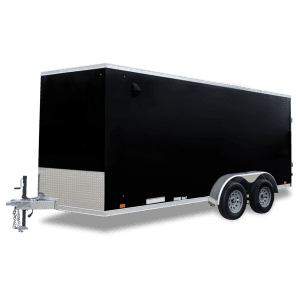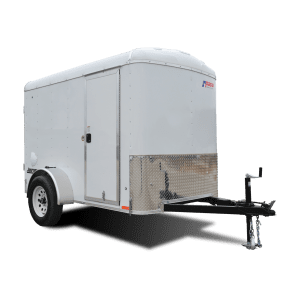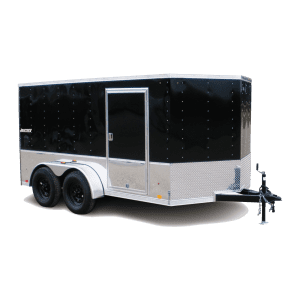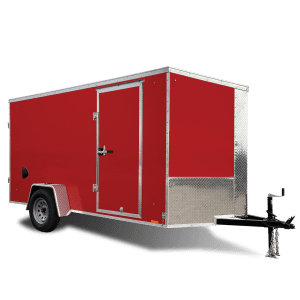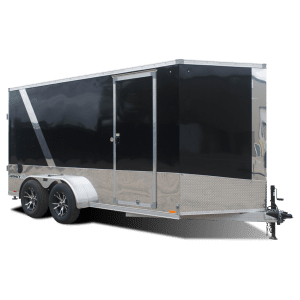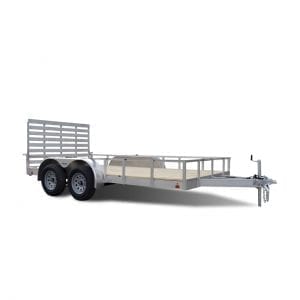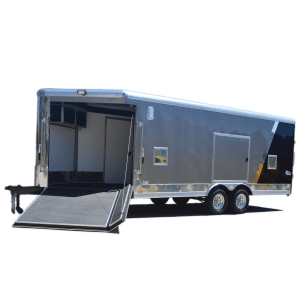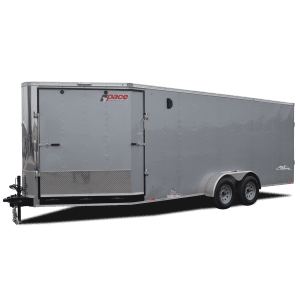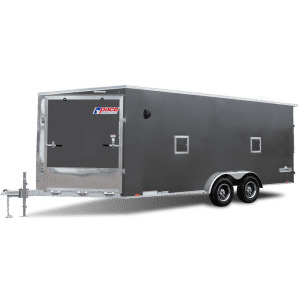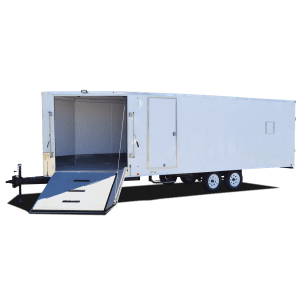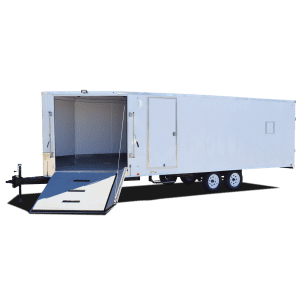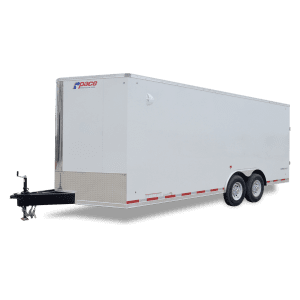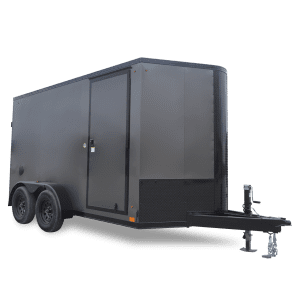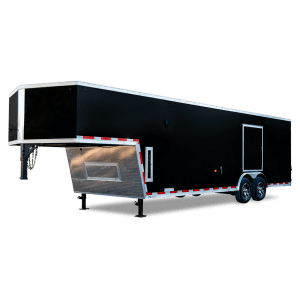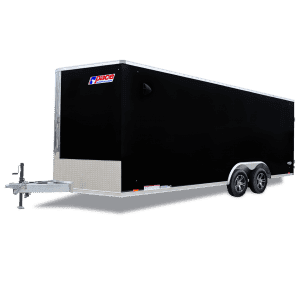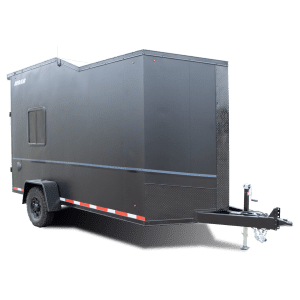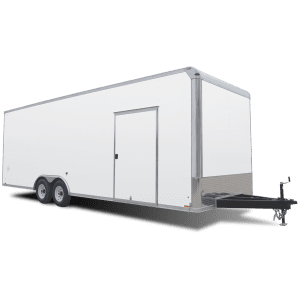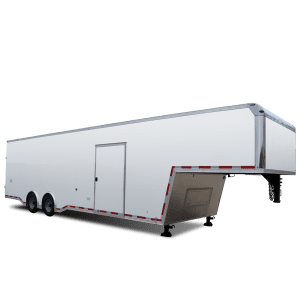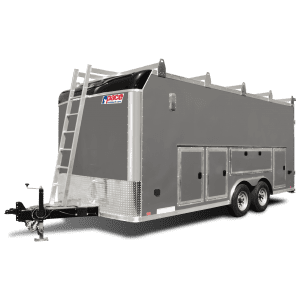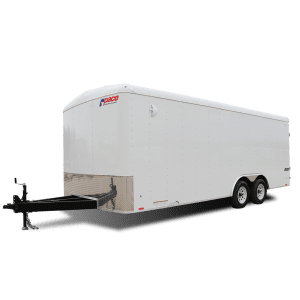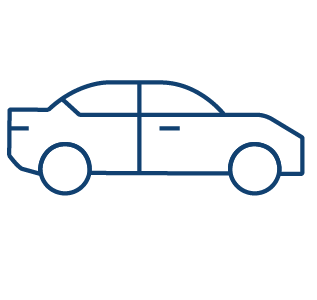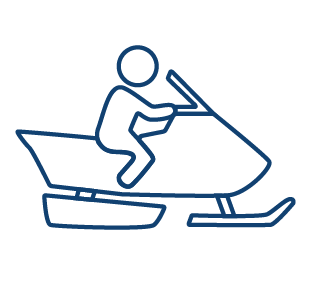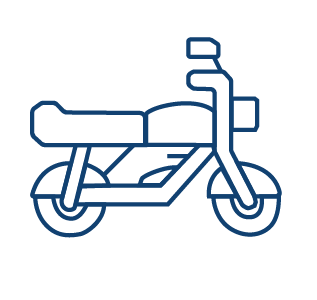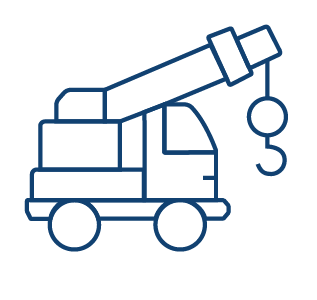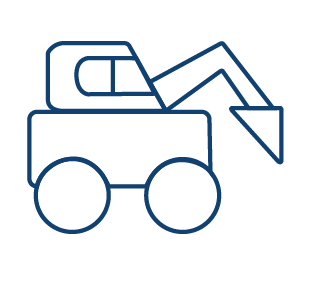The last thing you want is a back problem… for your trailer. If human back problems are anything to go by, adding stress and weight where it can’t be managed can be detrimental to the overall health of the trailer. From unnecessary swaying, the strain on the joints, and wear and tear on the brakes, improper loading can do wonders in all the wrong ways.
Below, you’ll find tips for how to load a trailer the right way.
Weigh Your Options
You always want to start by understanding your trailer’s limits. While Pace’s own cargo trailers are capable of hauling all types of goods, each model is equipped for certain tasks. First, locate your trailer’s Gross Vehicle Weight Rating (GVWR), whether it’s listed in your owner’s manual or spec sheet (Pace American owners can find theirs online by choosing “SPECS” on the appropriate product page). The GVWR is the maximum amount of weight you can tow accounting for the trailer and the cargo.
Next, you’ll want to check the hitch and curb weights, as well as the most important piece when it comes to cargo loading, the Payload Capacity. It’s this last number that will tell you how much weight you can safely transport depending on the type of trailer, accessories, and hitch you have connected.
If you choose to ignore these numbers, you could be putting yourself, and other drivers, in danger due to braking issues, uncontrollable road incline and decline speeds, and other factors.
Get the Facts
If you can’t access your GVWR, please call your Pace American Dealer and they’ll be able to assist you. Sometimes, you can also find the GVWR listed on your trailer’s VIN label.
Connections Before Cargo
Before you start loading the trailer, make sure it’s connected to the tow vehicle. Not only will this create more stability (as long as you’re not trying to load large items through a front access door now blocked by the tow vehicle), it will also make coupling the trailer to the tow vehicle much easier as there isn’t a lot of weight to deal with.
60-40 Rule
If there are two numbers you need to remember (okay, three, if you count the GVWR) it’s 60-40. Essentially, it’s to remind you that 60% of your items (the heaviest ones) need to be loaded into the trailer first, making sure they’re backed up to the towing vehicle and hitch. Then, the other 40% (and lightest items) can be loaded in. By doing so, the extra weight is distributed to the tow vehicle, which keeps the balance where there’s the most support.
If a trailer is improperly loaded with the heaviest items against the ramp door, this will cause a few issues: trailer sway as the weight shifts back and forth naturally while you drive, and brake failure as the weight is pushed towards the tow vehicle AFTER the brakes have been applied. Basically, your brakes will try to stop the tow vehicle, then have to account for the secondary weight pushing from behind.
Finish with Any Fragiles
Not only is the 60-40 rule the golden rule, but it also makes sense for item access. With the smaller items nearest to the main exit, you can access the things you probably use the most or need to get to quickest.
So, it makes sense that fragile items should be part of the 40%. Hazardous or perishable cargo (chemicals/food and heat/cold-sensitive items) should be positioned somewhere you can easily access them in a pinch. You don’t want to get to your destination and realize you need to remove 30 items before reaching something that can’t maintain in 90+ degree heat.
Lock it in, Lock it up
Now that you’ve got your gear loaded into the cargo trailer, it’s time to make sure they’re not going anywhere. While in transit, the road will throw you many bumps and turns and quick stops. So, to make sure your valuables don’t go spilling about, you’ll need to strap them down.
Invest in recessed E-Tracks, surface-mount rope rings, and D-Rings to give you plenty of options when it comes to tying down your cargo with straps and tarps, and bungee cords. These accessories can be placed anywhere you need them or placed in wall-length tracks if you’re not always towing the same items from site to site.
Taking along a motorcycle? Chocks give you a place to restrict the front tire while being securely integrated into the floor.
Loading a car on a trailer? Opt for ramp extensions to reduce the entry angle to help you safely load low-profile vehicles. Then, you’ll definitely want to make use of E-Tracks so you have plenty of options when it comes to strapping the car in place without worrying about messing up the expensive paint job.
P.S.
Give yourself a stretch and remember to lift with your legs, not your back. And, call your friends to help. Come on, we both know they’d call you.


